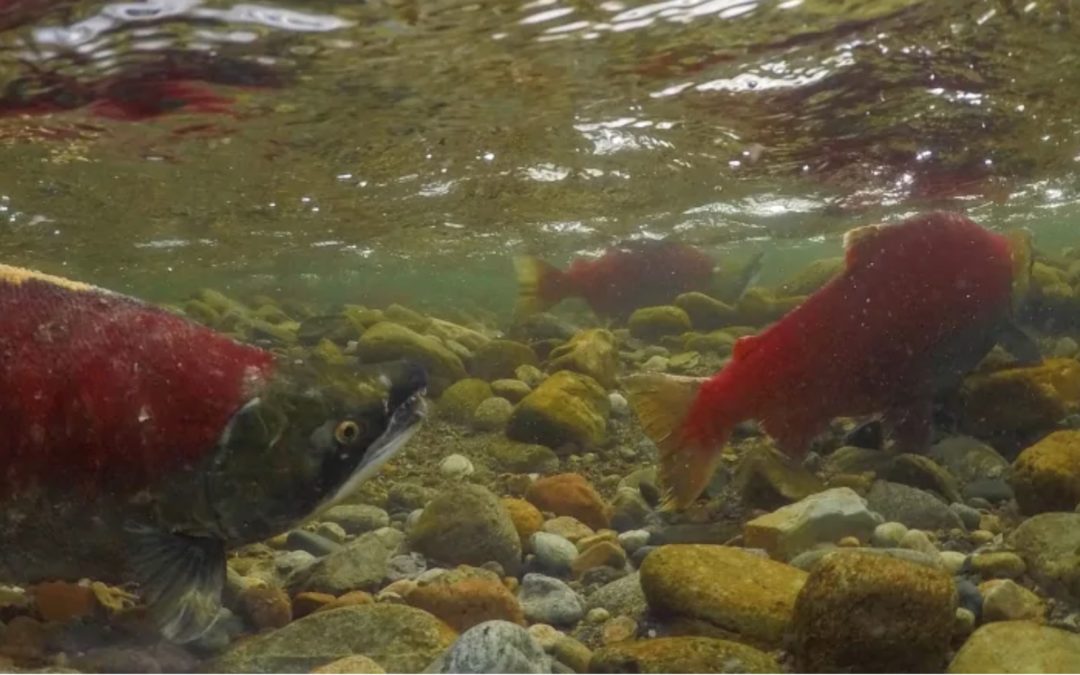SOURCE: CBC News
DATE: August 11, 2020
SNIP: This year is shaping up to be the worst for sockeye salmon in the Fraser River since tracking began in 1893, according to the Pacific Salmon Commission.
The expected run has been downgraded to less than a third of pre-season forecasts, and unusually high water levels on the river have made for a challenging migration for early-season sockeye.
In addition, the Big Bar landslide north of Lillooet, which wasn’t discovered until June 2019, poses a further challenge for the fish, making a section of the migration route nearly impassible.
The Fraser River salmon runs, the Early Stuart and Early Summer, will struggle to make the migration, according to the Pacific Salmon Commission (PSC).
“The majority of those runs will not reach their spawning grounds,” said Catherine Michielsens, the commission’s chief of fisheries management science.
“The situation for Fraser sockeye is quite dire. We’ve now had two years in a row where we were having record low numbers return,” said Michielsens.
The pre-season Fraser River sockeye salmon forecast was 941,000 fish, but has been downgraded to just 283,000, according to a PSC update this week.
Michielsens said the 2016 sockeye run — which is the brood year for the 2020 run — was the lowest on record at the time, with 894,000 returning salmon.
“From my point of view, Big Bar is a challenge and it’s disappointing, but the low run size and the low returns are an even bigger story,” she said, adding that ocean and river water temperatures are tied to the low returns.

[Ed note: this is what rivers are supposed to look like in a salmon run.]

